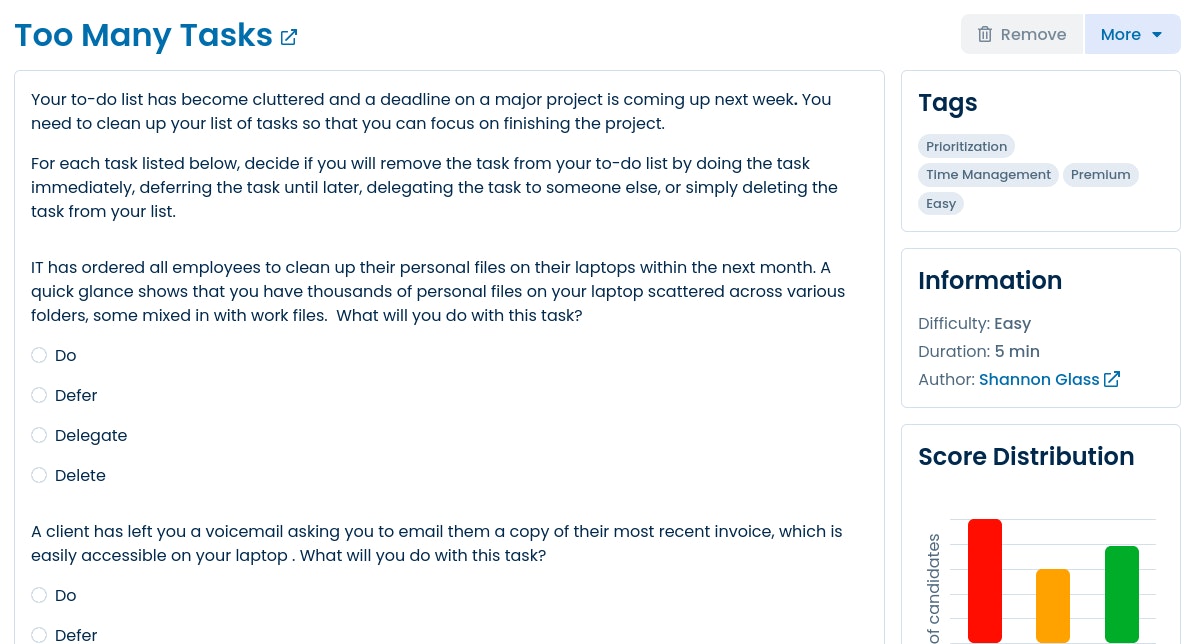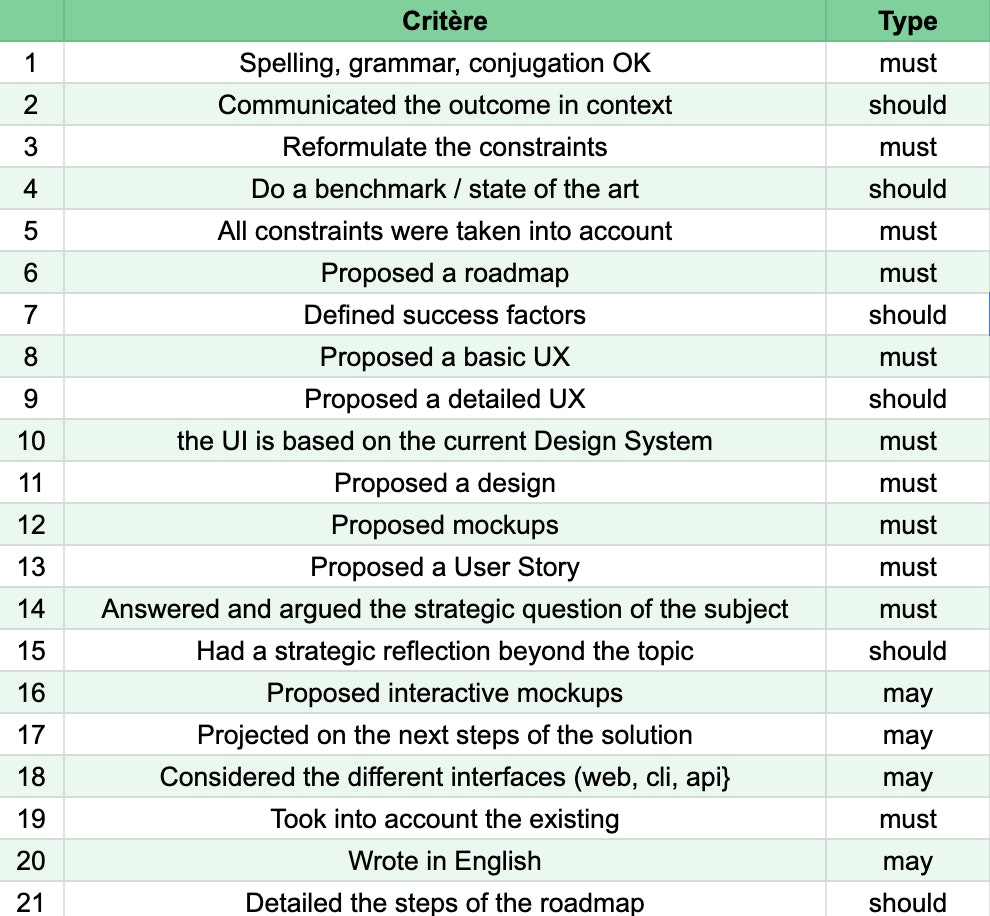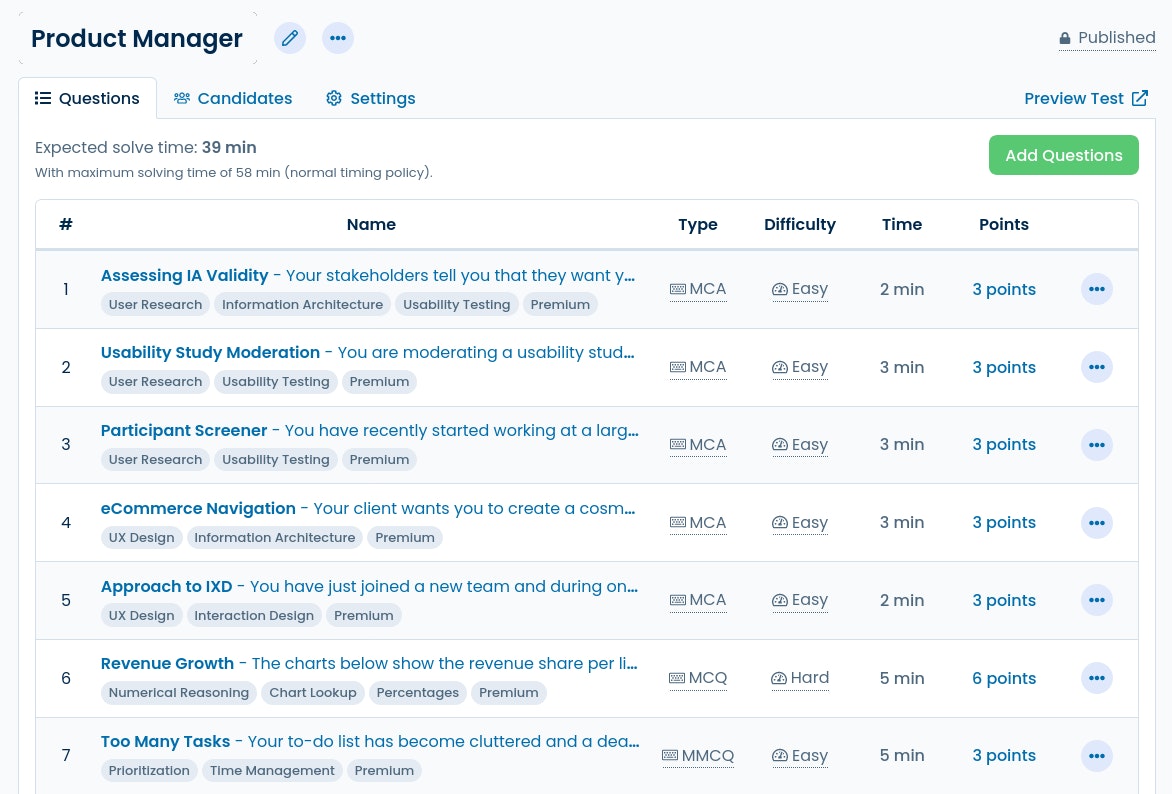Life at Scalingo #4: How to recruit a tech team without bias?

At Scalingo we’re committed to hiring the best people for our company. This means hiring the people that matches the needs of our company with their own desires, without any other considerations. We truly believe that having a diverse population of employees with different point of views will help us achieve our goal to be the best PaaS on the market.
Hiring is a process that is often underestimated or viewed as a complicated task to handle, and it is indeed a delicate process. It’s a complex procedure that involves human interactions, and it can be commonly influenced by cognitive biases.
As a fast growing tech company, we are aware that those biases could happen more often than wanted. This is why we have crafted what we think is the best hiring process that takes into account cognitive biases and tries to avoid them as much as possible, while at the same time allowing us to select the most skilled people to do the job.
In this article, we will present to you the hiring process that we use at Scalingo. We will go through the various steps to understand how we try to efficiently avoid hiring biases and provide a fair hiring experience!
Everyone is impacted by biases
What are biases?
A bias or a cognitive bias is “a systematic pattern of deviation from norm or rationality in judgment, that leads individuals to create their own ‘subjective reality’ depending on their own perception”(Wikipedia).
In other words, it is the “way a particular person understands events, facts, and other people, which is based on their own particular set of beliefs and experiences and may not be reasonable or accurate” (Cambridge Dictionary).
These biases affect us on a daily basis in our normal everyday life. They occur in a subconscious way so we are often not even aware when they are happening. Of course the same applies to work-life, and could notably occur during the hiring processes.
These particular biases are called hiring biases. They exist in various forms ranging from subconscious cultural beliefs to personal beliefs.
Few examples of hiring biases could be the confirmation bias, the halo effect or the contrast effect, but many more exists.
Why it’s essential for us at Scalingo to avoid them?
Through our hiring process, our goal is to ensure that we are selecting the right person for the job, all while providing each candidate a fair and an unbiased application experience.
This implies that we are looking for candidates that must not only match the required skills, but also people who have a mindset that fits our continuous improvement values. It’s our responsibility to hire the right candidate: an error could be not only expensive but it could also affect our team, the company and the candidate as a whole.
On the other hand, we are aware that hiring is a process based on social interactions, and whenever there are human interactions, there are cognitive biases. This means that our entire process must be conceptualized with the idea of avoiding as much as it is possible these hiring biases.
Optimizing this process and avoiding biases is not only important for us to make sure to find the right person for the job, but it’s also our duty as a leading tech company to provide the most fair experience to all candidates. No matter their gender, ethnicity, disability or any other discriminating factor.
It is in our core values to deliver fairness to all individuals that comes in contact with our company and embrace the diversity that comes with it.
Our guide for efficient hiring with no biases
Our hiring process is divided in two different parts: the internal preparation, and the selection process.
While we’ll dig deeper into the selection process later, here is a summary.
From the candidate point of view, the selection process contains 4 easily understandable steps:
- Qualification call (5 minutes): quick call to assess the interest of the candidate and the main aspects of the job offer (salary, working from home policy, language spoken, etc). It’s not interview, the call must remain quick.
- Screening test (20 minutes): MCQ to get an impartial score regarding hard and soft skills of the candidate.
- Hard-skill test (2 hours): a typical work sample that the candidate will do in the company, to be done from home during a 7 days span.
- Formal interview (1 hour): online meeting to asses if the candidate will fit with the company’s culture.
Internal preparation phase
Now that you’ve discovered briefly the selection process, there’s a lot of things to prepare before even starting the selection. That’s the internal preparation.
The internal preparation is a process that will ultimately lead to a job offer being published.
Here is a summary of the internal preparation steps:
- Find the 2 persons that will manage the whole hiring process
- Write the job description
- Write the job offer
- Write the screening test
- Write the hard skill test and its scorecard
- Publish the job offer
Pilot and co-pilot
At Scalingo, the hiring process is lead by two people from the company. They will vary depending on the position involved. In fact, there is for each hiring a pair of two individuals that have to carry on with this task: the pilot and the co-pilot.
The pilot role will be handled by the future manager of the new hiree, it will be the person in charge of the whole hiring, and will lead the tasks that are involved in this process.
The co-pilot assists the pilot in its various tasks, and most importantly co-validates with him the decision made during the hiring. It is in fact easier to detect hiring biases when there is more than one person that overview the situation!
Establishing the job description
The job description is the foundation stone of the whole process.
It designates the formulation of the needs of the team/manager in terms of hiring, and this document will be used for internal use only. In other words, it’s a list of every all the expectations that the person taking this position must fill.
The goal of this document is to establish the requirements needed for the position and facilitates the selection process later on.
This description must include the key requirements of the jobs, the specified duties and responsibilities and the desired skills of the applicant (as well as the expected level of proficiency), including the soft skills.
Creating the job offer
Once the job description is done, it’s time to create the job offer which is the document that contains the position offer to be displayed.
It is essential to understand the difference between both, since the job description is a document for internal use only, while the job offer is the document that will be publicly available to applicants.
The job offer includes: a presentation of the company and our missions, the content of the job offer (requirements, duties, skills…), and other important information regarding the company and the position.
On top of the legal obligations to create a non-gendered job offer, we pay a special attention to the language that we use to write the offer and make sure to optimize it by using a gender-neutral and inclusive language.
Furthermore as one of our core values at Scalingo is transparency, the whole selection process is described in the job offer. The salary range is also transparently displayed.
Designing the screening and hard-skills test
This next step focuses on the creation of the screening and hard-skills test that will be given to the applicants. The content of these test will vary depending on the nature of the position, and the required skills.
The first test is the screening test that lasts around 20 minutes, it’s a series of questions that will help with the selection of the applicants.

The minimum score is defined in advance. All candidates that will score higher that the minimum will be able to proceed on with the next test which is the hard-skill test.
At Scalingo we use Testdome to host our screening tests. It has a huge collection of questions for may different positions.
The hard-skill test is a sample of work that the applicant will be handling at his position in Scalingo, and it’s a test that should take between 1 and 3 hours to be completed. The applicants will have a week to submit the work, in order to allow them to anticipate and manage their personal schedule.
The entire purpose of such a test is to evaluate the skills of the applicant with no subjective bias at all. And to make sure that this will be unbiased, we establish a scorecard whenever a hard-skill test is being created.

This scorecard serves the pilot and co-pilot to rate the skills of the applicant with a list of straightforward points regarding the expected outcome of the test.
These questions will contain three specific keywords :
- MUST→ this means that this question is mandatory and it’s worth 20 points.
- SHOULD → this means that this question is very important but not mandatory, it’s worth 5 points.
- MAY → this means that this question is important, not mandatory but a great bonus point and it’s worth 1 point.
The goal of such a process is attribute a score to each candidate based on the most objective elements possible and to eliminate any potential hiring bias from the recruiter side.
Thus the points must be chosen carefully: they must be impartial and measurable.
Publishing the offer
Now that everything is ready, we proceed with the publication of the job offer on JOIN. We chose JOIN because it’s first and foremost a publishing platform which allows us to easily publish our job offers on LinkedIn, Indeed and many other networks. But it’s also an Applicant Tracking System (ATS) software designed to simplify the hiring process.
Such a tool allows us to centralize all the applications in the same place, and helps to optimize the process of application for the candidates. This gives all the applicants the same chance of reach and helps us to be unbiased during the selection process by centralizing their applications and respecting their data privacy.
Our tailored selection process
The selection process is the crucial step of the whole hiring process, and this is where biases are most likely to occur.
In order to avoid such a situation, our 3 step process at Scalingo has been strategically built with the existence of hiring biases in mind in order to provide our managers with a complete walk-through of the selection phase, and how to select an applicant with no bias.
The qualification phase
The selection process starts with the first phase which is the qualifications phase. This step consists of reviewing the applications and establishing a first contact with the candidates.
Remember the job description wrote earlier? This will act as our objective review of the candidates resume. This means that any qualification or rejection of a resume will be completely based on whether the resume fits the job description or not, nothing else.
In case of a rejection, we’ll send a notification email to the concerned candidates. JOIN offers a set of templates and automatic emails to help us on that.
And for the selected candidates, we can proceed with the qualification call, which is a quick 5 minutes call from the pilot to the selected candidate to notify them about our interest, present him our selection process and answers their questions.
We also remind the candidates about the job post specifications and a quick overview of the modalities such as the fact we are a remote first company and the expected salary range.
If the candidate is interested and wants to proceed, we can proceed to the next phase.
The testing phase
The testing phase is the next step of our selection process and it consists of providing the qualified candidates with the screening and hard-skill tests introduced earlier.
The first to be sent is the screening test which is a series of questions that lasts around 20 minutes. To avoid any biases during this test phase, the rule is simple, if the candidate obtains a score above the expected score (established during the preparation phase), we can proceed with the hard-skill test.

The hard-skill test is a sample of work that the applicant will be handling at his position in Scalingo, and it’s a test that should take between 1 and 3 hours to be completed. Just as a reminder, the applicant has a week to complete.
Again, in order to avoid any biases, the applicant test will be determined as successful or not, based only on the scorecard created earlier. The highest score candidate will be selected, and we can proceed to the last phase which is the interview phase.
The interview phase
The applicant is now selected, congrats! The final step of this selection process is the interview phase.
This formal interview will allow the pilot to discuss with the applicant and learn more about them and their experiences, and answers their questions
Optionally, the candidate can choose two members of the team at Scalingo to discuss with them, ask questions and learn about the team and their work.
Welcome to the team!
We’ve spent time reviewing the potential hiring biases that could occur, and we crafted a hiring process that is designed to avoid them as much as possible.
This is all you need to know about how applications work at Scalingo. Our goal is to provide the most fair experience possible to each applicants and avoid any potential hiring bias that could impact the applicants and the company.
This process is continually reviewed and optimized. We aim at making it as effective as possible.
If you want to join our team, learn more about rituals at Scalingo make sure to check our available positions!


